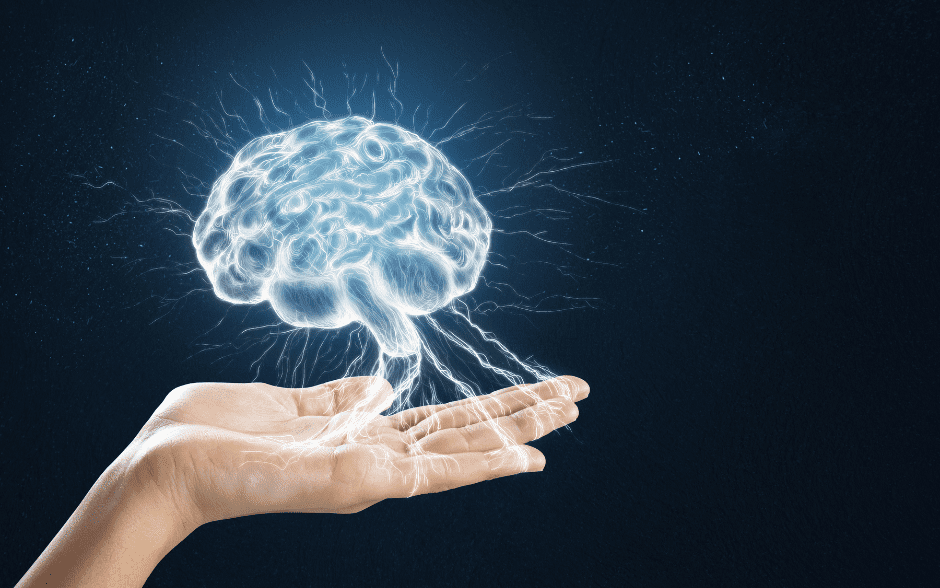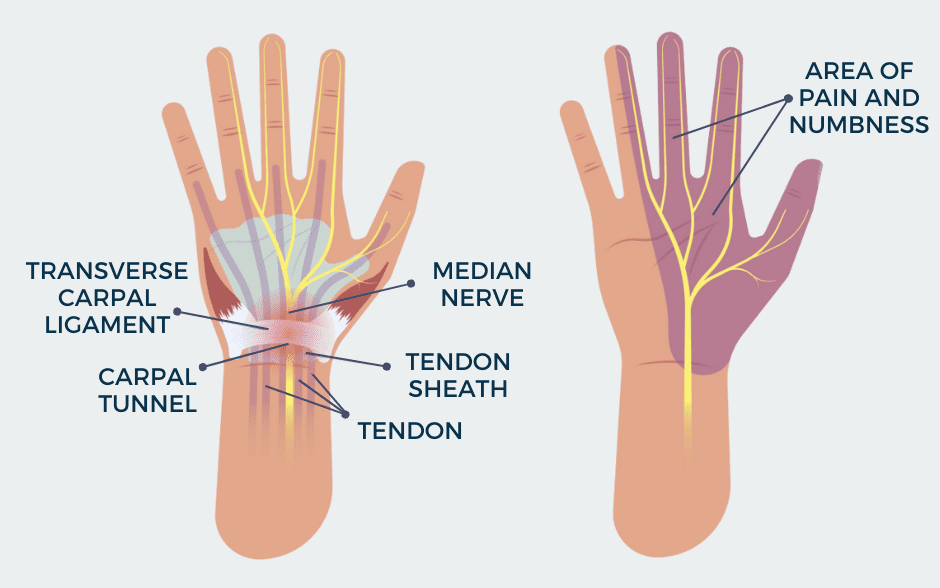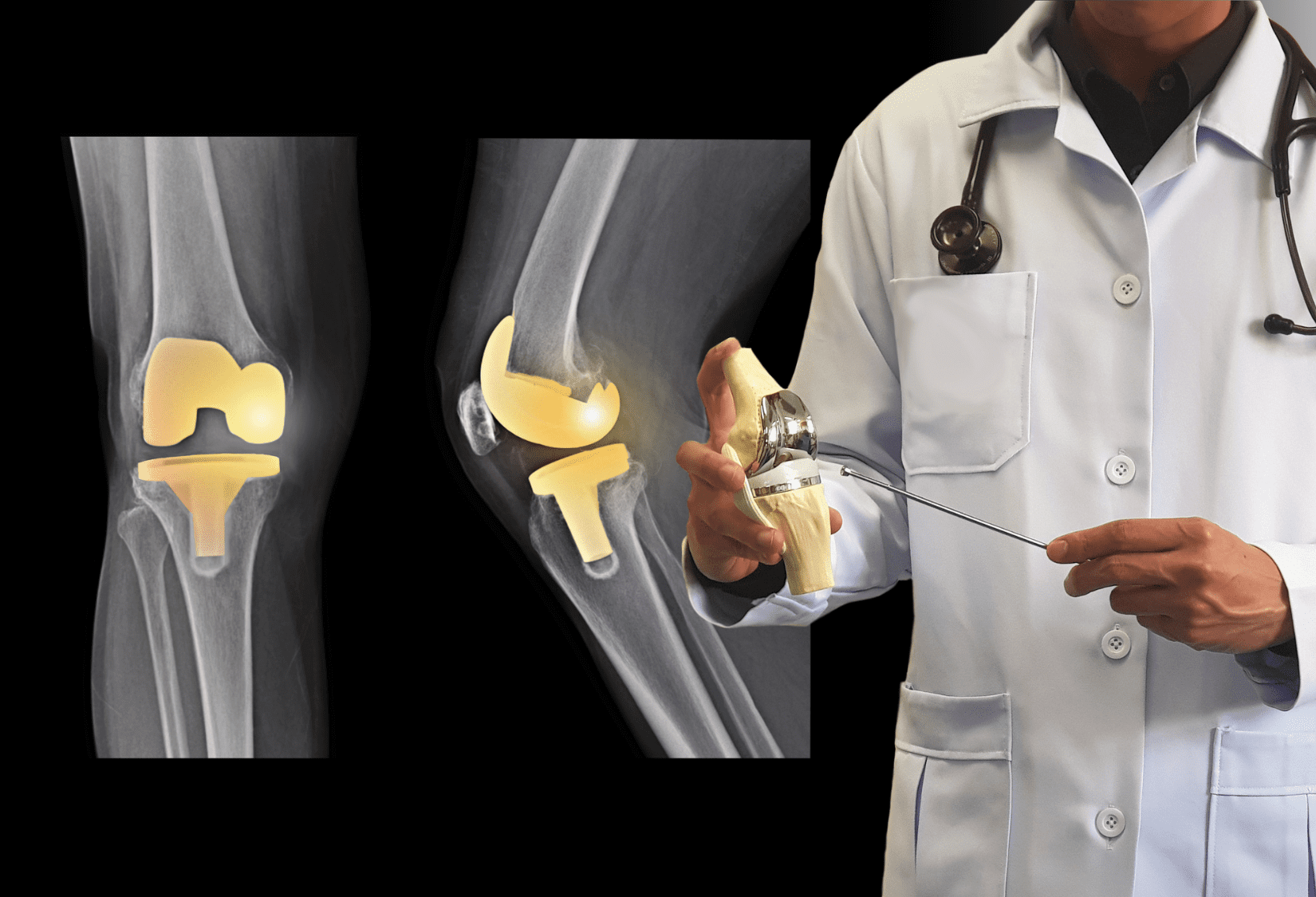Many people underestimate the crucial role that the pelvis plays in maintaining proper bodily function. However, it is one of the most important parts of our body. The pelvic floor supports and protects the internal organs and facilitates the transport of nerve impulses and blood to and from the lower extremities. To help us understand the function and role of this vital body part, we asked our physical therapists – Ewa Krecisz and Piotr Domagała – to share their insights.
What problems can a malfunctioning pelvis cause?
Peter: These are primarily circulatory disorders that can lead to swelling, slow wound healing, and the development of varicose veins. Patients may also experience difficulties with intestinal peristalsis, leading to chronic diarrhea, constipation, and high pressure in the lower abdomen and pelvis, which can put pressure on nerves and cause various types of neuralgia. Nerve compression in the pelvic area can also lead to pain during urination, incontinence, and intimacy issues.
Ewa: The causes of incontinence themselves are diverse too, ranging from peripheral nerve damage and perinatal trauma to tumors, inflammation, and adhesions. Fortunately, specialized manual therapy can effectively treat most disorders caused by nerve dysfunction, as well as impaired blood and lymph circulation.
Who most commonly suffers from incontinence problems?
Ewa: The issue is not specific to a particular gender, as it can affect both women post-childbirth and seniors of any gender. The main challenge is the low number of individuals seeking therapy for this issue. Regrettably, this is primarily caused by doctors’ attitudes towards the matter, as they often advise women and seniors to accept it as a natural occurrence. However, it is important to note that effective treatment for pelvic issues is available and should be pursued.
Piotr: Many people also hesitate to seek treatment due to outdated methods most therapy clinics use. These methods often require internal techniques, which can make patients uncomfortable. Fortunately, there are modern treatment methods available that are non-invasive and highly effective. At our clinic, we specialize in a modern manual therapy called Counterstrain, which has proven to be both effective and gentle in diagnosing and treating various conditions.
How do you identify and diagnose the issue?
Piotr: Some of our patients refer to it as magic tricks or voodoo, but in reality, it is simply body mechanics. Similar to reflexology, where pressure is applied to specific points on the foot to enhance a relevant organ function, Counterstrain involves applying pressure to specific tender or painful points on the head and then on the body of a patient. Our therapists can pinpoint specific areas on a patient’s head that correspond to different body parts, such as the pelvis, and assess the patient’s neurological, circulatory, spinal, or lymphatic systems. If a patient reports frequent nighttime bathroom trips and difficulty sleeping, we examine the area of their head associated with the urinary system to identify the issue. This allows us to recognize potential causes such as nerve problems, sphincter malfunction, or lymphatic system dysfunction. Then, by applying pressure to various points on the patient’s body, we can heal malfunctioning systems. For pelvic floor problems, these pressure points will be on the spine, abdomen, and pubic area. Although it may seem magical, our therapists’ expertise results from many years of study and practice.
You mentioned at the beginning of the conversation that pelvic problems can affect intimate life.
Piotr: Both men and women can experience reduced physical sensations as a result of a poorly functioning pelvis. If it is not solely a mental problem, our therapists are available to assist as well. By improving local blood circulation and controlling nerves, it is possible to eliminate the causes of erectile dysfunction or reduced physical sexual sensation, as the genital organs are innervated similarly to the urinary system. We have been able to help numerous patients using the manual therapy technique called Counterstrain.
How long does treatment usually take?
Eve: We typically require six visits to assess whether the treatment is effective or if further testing is necessary. While we strive to complete the treatment as quickly as possible, patients should understand that resolving their issues may take more than one or two visits. Many individuals delay starting physical therapy, hoping their symptoms will disappear on their own. However, if symptoms persist for several weeks or months and become chronic, seeking the help of a physical therapist is crucial. Treating chronic conditions is more complex and may take a longer time.
What if the patient is not sure if physical therapy will benefit him?
Peter: At our clinic, we offer patients a free consultation to help them assess the effectiveness of physical therapy. This allows them to determine if this is the appropriate treatment option for their needs.
If you suffer from pelvic floor pain or discomfort, call us or click here to schedule your COMPLIMENTARY CONSULTATION with one of our experienced therapists.


















